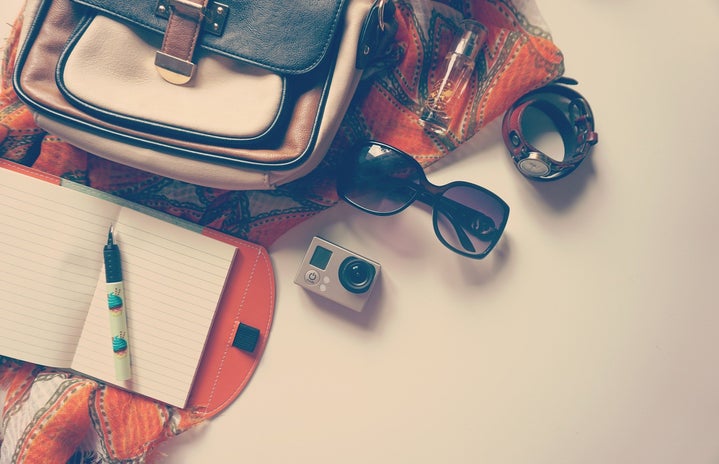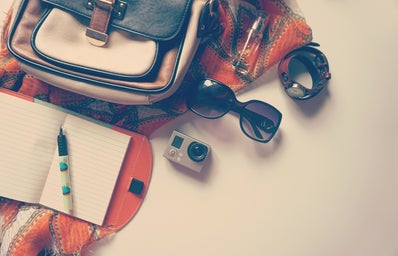Personal style is all about self-expression. Every shirt, shoe and lipstick color are chosen based on preference, and collectively, they can not only set the vibe for an entire outfit but also an entire era of fashion. Sometimes it’s easy to forget how powerful accessories can be, especially earrings. A simple swap between subtle studs and bold dangly styles can change a look.
Although the popularity of how earrings look and where they are being placed changes with every decade, earrings themselves are a trend that will never go out of style.
Women and men have been decorating their ears with stones and jewels for centuries. Europe’s oldest mummy, Otzi the Iceman, was found rocking a 7-11 mm hole in his earlobes, and he lived approximately 5,000 years ago.
Male soldiers whose bodies were marked with earrings were carved into walls of the ancient Persian city Persepolis, and physical sets of earrings can be found in the tombs of ancient Egyptians dating back to around 1341-1323 BC, according to PainfulPleasures.
Although earrings were typically worn to display status in ancient times, some parts of the world, like Africa, Turkey and South America, pierced their ears for ritual or tribal purposes out of fear of demons entering their bodies through the ears, or a belief that the earring itself possessed supernatural powers.
Piercings could also indicate that a child has grown into the age of puberty. According to Good To Know, seven is the average age for a child to get their ears pierced today.
By the time the English Renaissance rolled around, upper-class men—most famously William Shakespeare—wore gold, stone and pearl earrings.
From the 1920s through the 1950s, clip-on earrings were all the rage for women. This post-less accessory was societal conformity; during this time, it was viewed as improper for anyone to poke a needle through their ear.
Today, there are plenty of techniques to try. Glamour Magazine has at least eight styles to consider.
This is probably the most common type of piercing. The needle goes through the fleshy bottom of an ear lobe. According to Sweetly High, it is pretty low on the pain scale.
2. The Daith
This piercing is placed on the cartilage in the inner part of the ear. Although it looks a bit painful, Sweetly High considers this piercing to be lower in pain as well.
3. The Helix
This one sits on the top of the ear cartilage; the actual act of getting this pierced hurts a little, but nothing too bad. There is often room up there for multiple, so a double helix is pretty common.
4. The Tragus
The tragus goes on the small piece of cartilage outside of the ear canal. The cartilage is a bit thicker here, so getting it pierced may hurt, but the pain will be gone in minutes and you’ll have an adorable new addition.
5. The Rook
This one goes right above the Daith, in the folded part of the upper ear. It’s a tad more intense with a healing time up to 10 months.
6. The Snug
The snug piercing sits on the outer rim of the ear. Many think the typical hoop earring placed here resembles a hug.
7. The Conch
This one goes right through the inner ear.
8. Industrial
Getting this done requires getting two holes, both in the outer cartilage. If pain isn’t really your thing, some preparation should be done beforehand, as this is typically the most intense when it comes to ear piercings.
Ear piercings are timeless; they have been around for thousands of years and with the variety of techniques and new styles constantly changing, they will most likely be around for many more to come. If you’re interested in a new hole, take inspiration from these, but remember to put your own twist on it, because your ear is just as good of a platform for self-expression as anything else.


